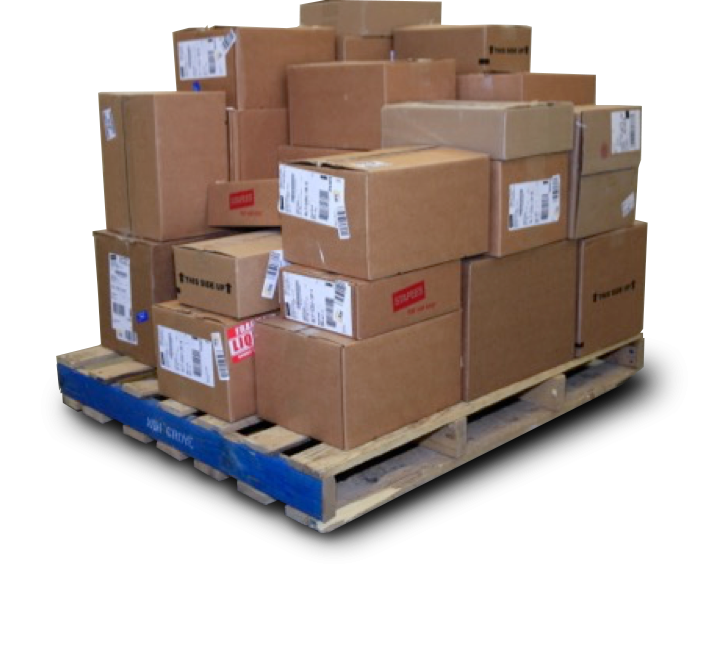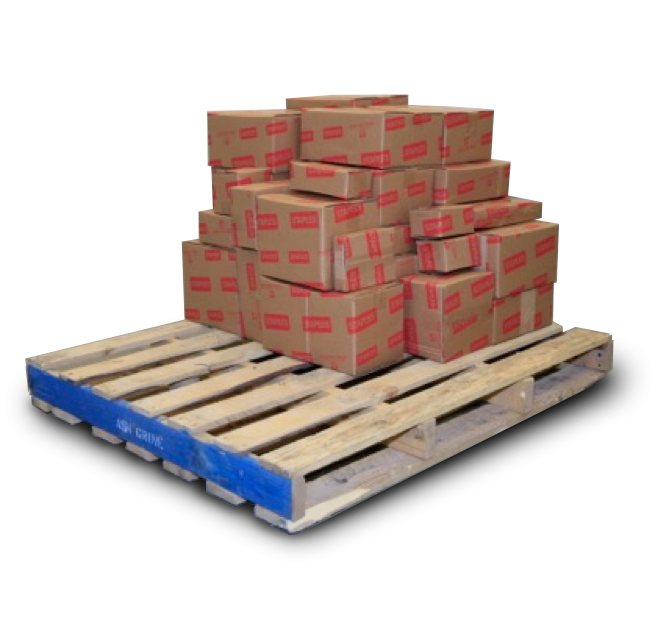If you have ever ordered online, chances are you have received a package that was too big for its own good.
That might not seem like a big deal at first glance. But whether retailers realize it or not, oversized packaging is tanking their transportation efficiency.
“Shipping efficiency to a large degree is a function of how the packaging is performing,” Hanko Kiessner, founder and chairman of Packsize, told Modern Shipper.
According to research from Packsize, the average e-commerce package is 40% oversized, which means retailers are making more trips than needed — a lot more. In fact, Kiessner estimates retailers make 24 million unnecessary trips per year, burning 1.7 billion gallons of gasoline in the process.
But looking for answers in transportation might be fruitless.
“The shipping industry cannot fix that,” Kiessner said. “As soon as it’s on the truck, the truck drives and the industry has their best practices. But if the wrong decisions are made upstream in the warehouse, you cannot recover that anymore.”
In his view, the earlier retailers can solve the problem, the better. Keissner pointed out that the further along in the supply chain a problem occurs, the more costly it is to remedy.
He used an analogy to better illustrate his reasoning: “If you uncover a quality defect in the design process early on, when you’re designing the product, it’ll cost you $1 to correct it. If you find that defect as part of your manufacturing process, when the product was already halfway built, it costs you $10 to correct it. But if you finish the product and you ship it to the customer, and it is discovered then, it costs $100.”
The math
Keissner said that by solving the problem at the source retailers will see a disproportionate rise in shipping efficiency. Reducing package size adds capacity to each truckload, allowing more to be shipped at a time. But a 40% reduction in package size actually boosts capacity by closer to two-thirds.
The math works like this. Say a truck is carrying 1,000 packages. If a retailer reduced package size by 40%, those same 1,000 packages would fit into 60% of the truckload space, leaving 40% open. That means 400 more packages would fit into that empty space — if they were still oversized. But if they too were 40% smaller, then there would be room for 666 extra packages. That’s 1,666 in total, or a 66% increase.


“So you’re not talking about a 40% efficiency gain — you’re talking about actually a 66% efficiency gain, where the same truck can now deliver or ship 66% more units or parcels, assuming that now they’re all right-sized,” Kiessner said.
Cutting back on the number of truckloads spares retailers the additional costs of fuel and drivers. But it can also save them money in other ways — and even drive demand.
For one, producing boxes that are 40% too large on average means e-commerce retailers are using 28% more corrugated material than needed. With right-sized packaging, total costs go down 35% on average.
Related:
Read: Contract packaging provider Coregistics acquired by private equity
Read: Is the future of packaging reusable?
But the extra material doesn’t just hurt retailers’ wallets. It harms the environment — and customers are paying attention.
Research from Packsize found that 87% of high-volume e-commerce buyers (those who buy three to four times per week and make up the bulk of e-commerce demand) only use brands that minimize their carbon footprints. In a similar survey conducted in 2021, that number was 83%.
“Now, the experience of the customer has become more prominent and customers will move their business,” Kiessner said. “Now, sustainability actually translates into growth, into revenue, into profitability for me as an internet retailer. Because if I lose my most frequent customers, I might no longer grow as much as I would have otherwise.”
Right-sized packaging can keep those customers coming back. In 2019, the United States produced nearly 470 million pounds of waste from plastic e-commerce packaging. Worldwide, the figure was over 2 billion. But reducing package size wouldn’t just eliminate a big chunk of that waste. By Kiessner’s estimation, it would also save up to 98 million trees. If a retailer can prove that to customers, chances are they will be more inclined to stick around.
The paradox of early adoption
According to Kiessner, retailers who are newer to the internet retail game are actually better positioned to switch to right-sized packaging than early adopters.
Early on, oversized packaging was the norm. The earliest e-commerce sellers were able to get away with using it because at the time shipping capacity wasn’t an issue and customers weren’t as fixated on sustainability.
“Filling up this additional capacity with oversized boxes, it didn’t impact the pricing that much because supply and demand could flex, and then there was flexible supply of shipping lanes,” Kiessner said. “But we have now reached the cap on that.”
Since they faced almost no repercussions for using oversized packaging, most early adopters of e-commerce have kept their original systems in place. For them, installing a right-sized packaging system would mean paying to dismantle the old one. Newer e-commerce sellers don’t have that problem, giving them an advantage.
Watch: How important is branding and packaging?
“These up and coming internet retailers who are setting up their warehouses in the most effective way — already knowing that the supply chains are tight, that shipping is a tight market — they might actually be at a huge advantage three and four years from now by the time that this industry has doubled,” Keissner said.
Even so, he believes right-sized packaging is a no-brainer for e-commerce sellers young and old. Many longtime internet retailers blame inflation for rising e-commerce costs. For Keissner, that’s no excuse — they did it to themselves and now they need to find a way to do more with less.
“You’re sort of inflating the need for transportation,” he said. “You’re inflating the need for packaging materials. All of these things have become more expensive. We could actually make a significant contribution to bringing back inflation and reining that back in by just being more efficient and using less and delivering more.”
You may also like:
GXO deploys 3D tech, automation to create custom-sized packaging







